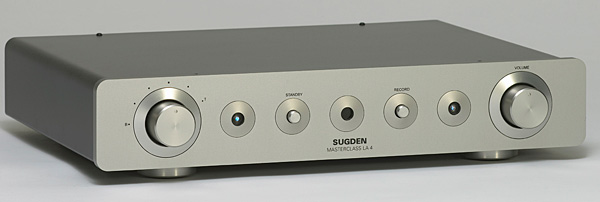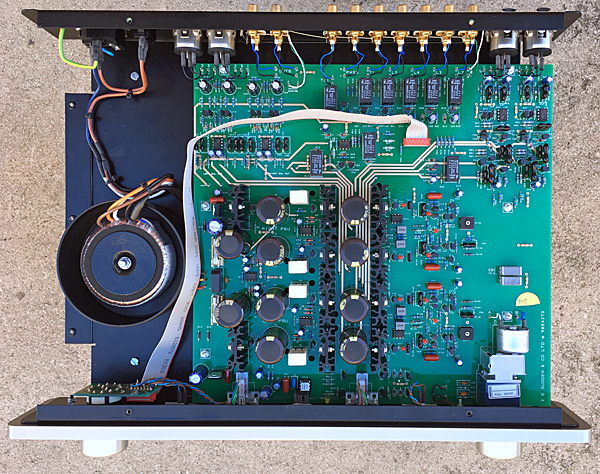| Columns Retired Columns & Blogs |
Sugden is one of those Brit Companys I never got round owning any of, dammit, I just plain ran out of Time before my Audio Business World stopped turning.
Still, I've been curious about the Sugden A21 and the entire Range.
If I was still trying to do HighEnd Audio I'd certainly like a Corner of my Shops featuring the Sugden Range. I'd even do all those Colors.
Sugden always seemed like a PS Audio kind of Company that never made it to the USA or anyplace I've ever been.
The Product Looks substantial. If I happened upon the Sugden people at one of the Shows, I would've bought some "on the Spot".
I wonder if it's at good as it looks, hmm. I hope to find out, one day.
Thanks,
Tony in Michigan










































